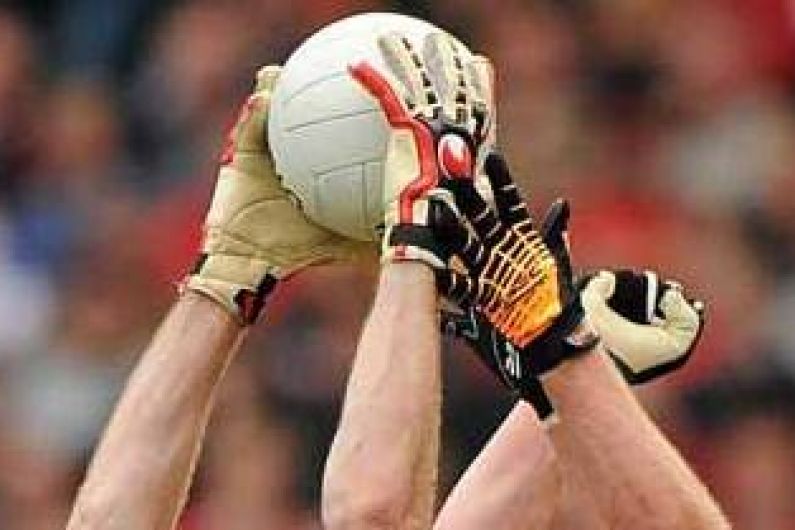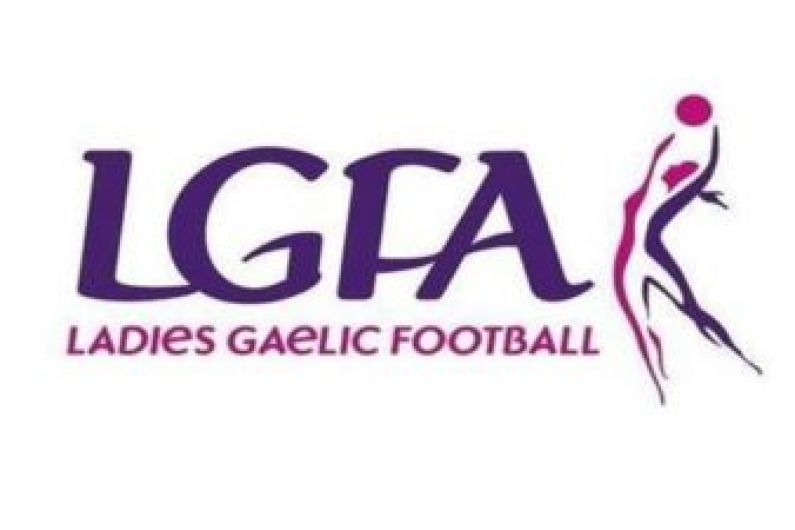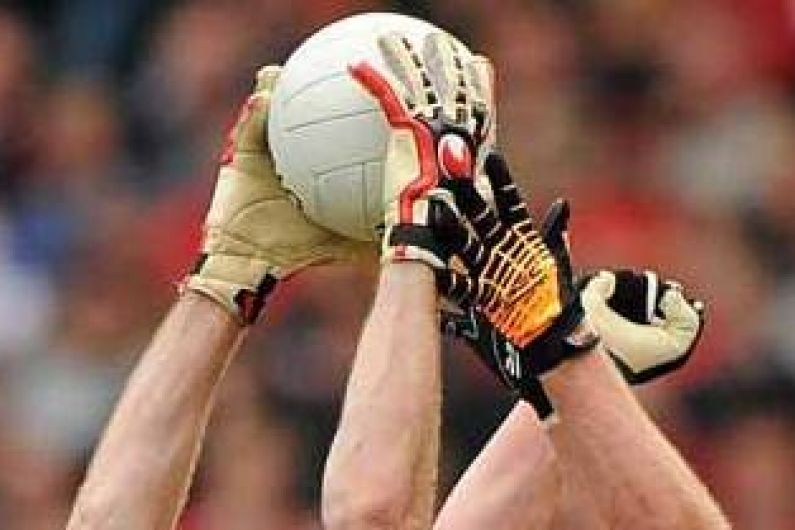Mid-January and no end in sight of the Covid restrictions.
It’s looking more likely that we will be waiting for GAA possibly later into the spring. Will the national league return first? Or at all? or will club football get moved up the ladder?
A state of limbo exists for players and managers at the moment, the one little flicker of light at the end of a long dark tunnel is the thought that collective inter-county training might return at the end of January.
With each passing day however, the strong wind of continuing high numbers of Covid cases could extinguish that flame.
So while the path to the future maybe a little blurred, one can reflect back on the action we did have in 2020 and in particular the introduction of one new rule that still divides opinion – The attacking mark (and yes I know it works the opposite way from a defensive mark, but that is not up for as much debate – Go figure).
A little bit of housekeeping the attacking/defensive mark was trailed in the 2019 league competition but not in the championship with some element of success and confusion.
Dare we forget they also trialed the number of consecutive hand passes during that season and quickly discovered what a mess that was.
I still have clear memories of covering games where you could hear players, officials and supporters counting the passes followed by a roar of kick it. Thankfully it was dropped not making the Special Congress held in October of that year but the Mark did and was accepted.
It would now be part of GAA football competitions going forward, not just the league. Two different sets of rules for similar national competitions.
By the end of the pre-season/winter tournaments (FBD League/Dr.McKenna Cup/O’Byrne cup) some more clarity was given to the mark rule, they were slowly getting there with it.
The ball must travel at least 20 metres from outside the 45 metre line. With the referee blowing his whistle to indicate the mark and it is up to the player who has won possession to either raise their hand to indicate they are taking it or play on.
15 seconds is allocated to the player taking the kick, if they wish with the opposing player retreating 13 metres. As we have seen since then, that 15 seconds can stretch quite considerably.
Also a defender could now also claim an attacking mark; in fairness they were at a disadvantage, if their opponent was making the clean catch they were been rewarded, but a defenders similar effort saw no reward.
Teething problems remained with players putting their hand up prior to a referee signaling the mark with their whistle. Then the whistle would sound for over carrying; if they paused thinking a free shot at the posts was coming their way.
Time however saw the mark worked into the game, with teams now developing plays around ensuring that their best forward has found the perfect bit of space to make a clean catch and take a score.
The best exponent of this play, I’ve seen is Conor McManus (not a biased observation). The Monaghan three-time all-star is credited as one of the best forwards in the province if not the country (again not a biased observation).
In his plump, Mansey would be unmark-able, finding space, taking ball, scoring from all angles and distances. Time and knocks can catch up on anybody and while his eye for the posts is still strong from the Clontibret man, it was very noticeable, he saw the advance mark as a useful tool to have in your back pocket.
Well able to win his fair share of contested ball, it was the knowledge of him been one of the best that would ensure defences would increase in numbers in his presence, so a well won ball, would then turn into a battle to break a swarm tackle.
The Marks arrival would now see Conor continue to claim those contested long range balls, but now a clean catch inside the 45 from any angle, could provide a scoring opportunity, no more battling.
The optics sometimes for the purists of the game were difficult to take, a short 25 meter punt from outside the 45 rewarded with a free shot at the posts, but if the numbers were rolling in your favour on the scoreboard, then it was okay.
Similarly if a defender fielded a ball, the opportunity was now afforded to clear the danger, yes the chance to possibly overturn the ball maybe gone, but surely the securing of possession deserves some reward.
Lest we forget, prior to the attacking/defensive mark, the midfield mark which could be claimed from a kick-out had been introduced to bring high fielding back into the game, it seemed ironic therefore to be then against high fielding if the ball went inside either 45 metre line.
With the current crisis that is sweeping over the world, country and GAA, any concerns or worries around the rules appears to be side-lined for now.
It looks like the mark will get to stay, with the bigger concern to be able to just get back to playing.
Strangely an attack on health and wellbeing has possibly lead to the safe guarding of another attack, the mark in GAA.






